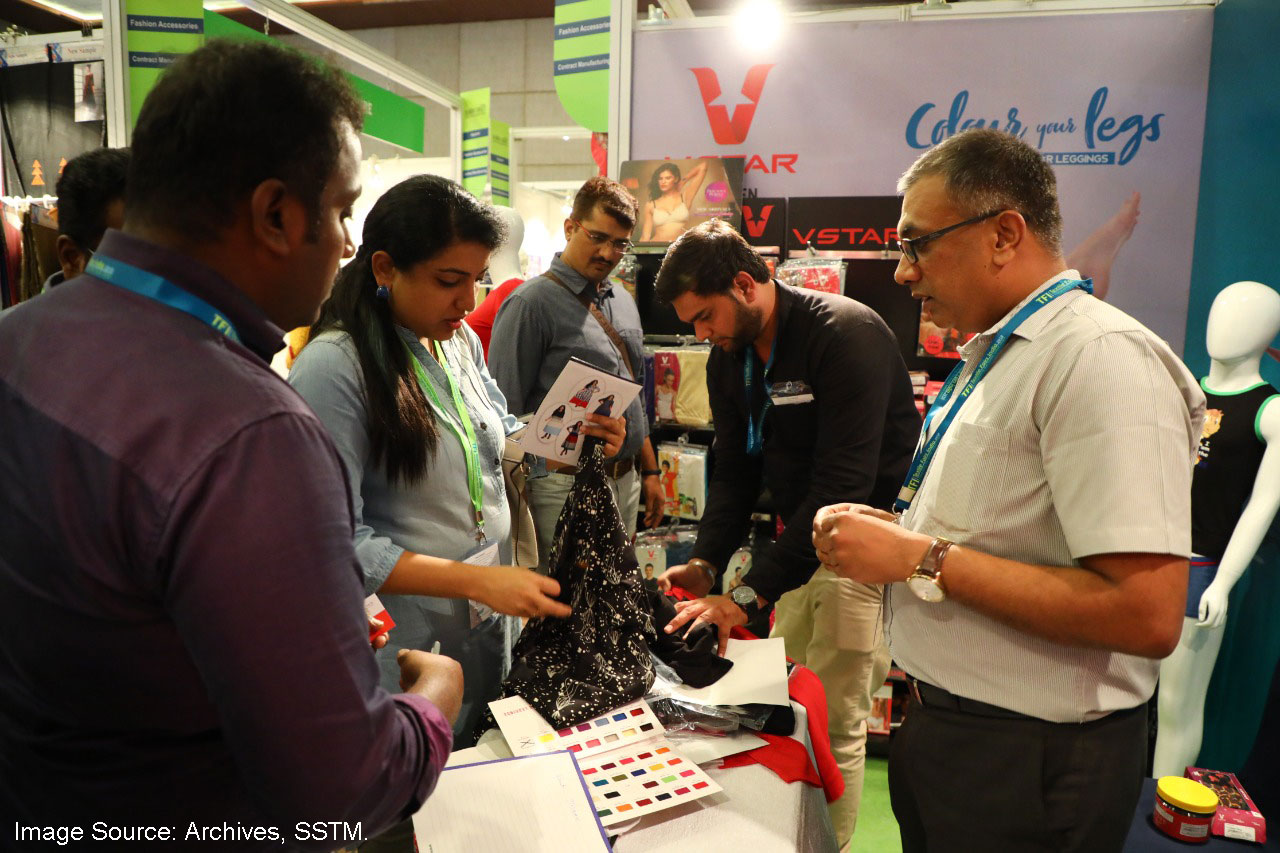
Category: General
Country: India
August 30, 2022, 8:24 PM IST Riju Jhunjhunwal in Voices, India, TOI
From exquisite handiwork to sumptuous fabric, the Indian textile industry enjoys a rich heritage of over thousands of years that can be traced back to the times of the ancient Indus valley civilization. The popularity of the fine-quality yarns and fabrics transcended the domestic borders, increasing the demand in the global market and making India the sixth largest exporter of textile and apparel in the world.
Currently, India holds a 4% share of the global trade, accounting for 5% of Gross Domestic Product (GDP), and 13% of its export earnings. Textile is the core business of the country, and given its contribution to the economy, it is also the second most employment generating sector after agriculture.
The Indian textile industry specialises in weaving a diverse range of yarns and fabric, generating employment for both skilled and unskilled workers. Government data suggest that the industry employs about 4.5 crore people directly and another 6 crores through allied sectors. Of all, women make up the largest workforce, accounting for approximately 60 to 70 per cent of the total manpower. The textile industry is a source of income for more than 27 million women in India, out of which about 50% are associated with unorganised sectors like handlooms, handicrafts, and sericulture. The percentage of women workers in the organised sector is less.
The textile industry is also one of the prime sectors of employment for the rural population as most of the textile industries are located on the outskirts of the cities.
It is a boon for the rural areas, where most people find it difficult to get a proper job due to a lack of education and sufficient skills.
Considering the potential of the textile industry in generating revenue and employment opportunities, the Government of India has been taking several measures to promote the business and encourage people to join the field.
The Production Linked Incentive (PLI) Scheme approved in September 2021 for the textile sector is one such initiative that is expected to create additional employment for over 7.5 lakh directly and a few lakhs more for supporting activities. As the industry employs women predominantly, the new scheme put in place in line with the ruling government’s Atmanirbhar Bharat vision, will empower women and increase their participation in the formal economy. Under this scheme, the government would provide the industry with incentives worth Rs 10,683 crore for five years.
Due to the rise in demand for Man-Made Fiber (MMF), and Technical Textiles globally, the government’s PLI scheme for textiles is also promoting the production of high-value MMF fabric, garments and technical textiles in the country. The sector is witnessing fresh investments in these segments to cater to the global need, which is expected to increase in the future and eventually create more job opportunities.
Traditionally, the Indian textile sector has been cotton focused, but the scenario is fast evolving and shifting to production of sustainable, synthetic and technical textile fabrics. These types of fabrics have high demand in the global market, and they also bring more revenue.
The government is also planning to double the size of the Indian textile and apparel industry in the near future. This move is expected to take the textile market to 209 billion USD by 2029. They are supporting the sector through funding and machinery sponsoring. Through initiatives like “Skill India” and “Make in India”, they are promoting business and skilling opportunities for inclusive growth of the sector. Also, the export promotion policies for the textiles sector allowing 100% FDI in the sector under the automatic route has been quite helpful for boosting players and consumers in the sector. Between April 2000-December 2021 the industry attracted 3.93 USD billion of Foreign Direct Investment.
Apart from the aforesaid initiatives, the government has also implemented various other schemes for promoting investment, production, and employment opportunities in rural India by introducing programmes like North Eastern Region Textile Promotion Scheme (NERTPS), National Handicraft Development Programme (NHDP) and National Handloom Development Programme (NHDP).
India is a world leader in textiles. From fibre to apparel, it has expertise in producing all kinds of raw textiles and garments. It had a humble beginning, but with time it has grown to become one of the key industries in the country. With over 1200 medium to large-scale textile mills, the sector is considered one of the most important pillars of the Indian economy in terms of output, foreign exchange earnings and employment. The future of the Indian textiles industry looks promising, supported by strong domestic and global demand. With various policies introduced by the Indian Government and increased global demand, the employment opportunities for both skilled and unskilled labourers in the textile sector at multiple layers are only expected to rise in the future.
Author: Riju Jhunjhunwal is the Chairman and Managing Director of RSWM Ltd.
Courrtesy: https://timesofindia.indiatimes.com/blogs/voices/textile-industry-supporting-indian-employment/
Copyrights © 2025 GLOBAL TEXTILE SOURCE. All rights reserved.